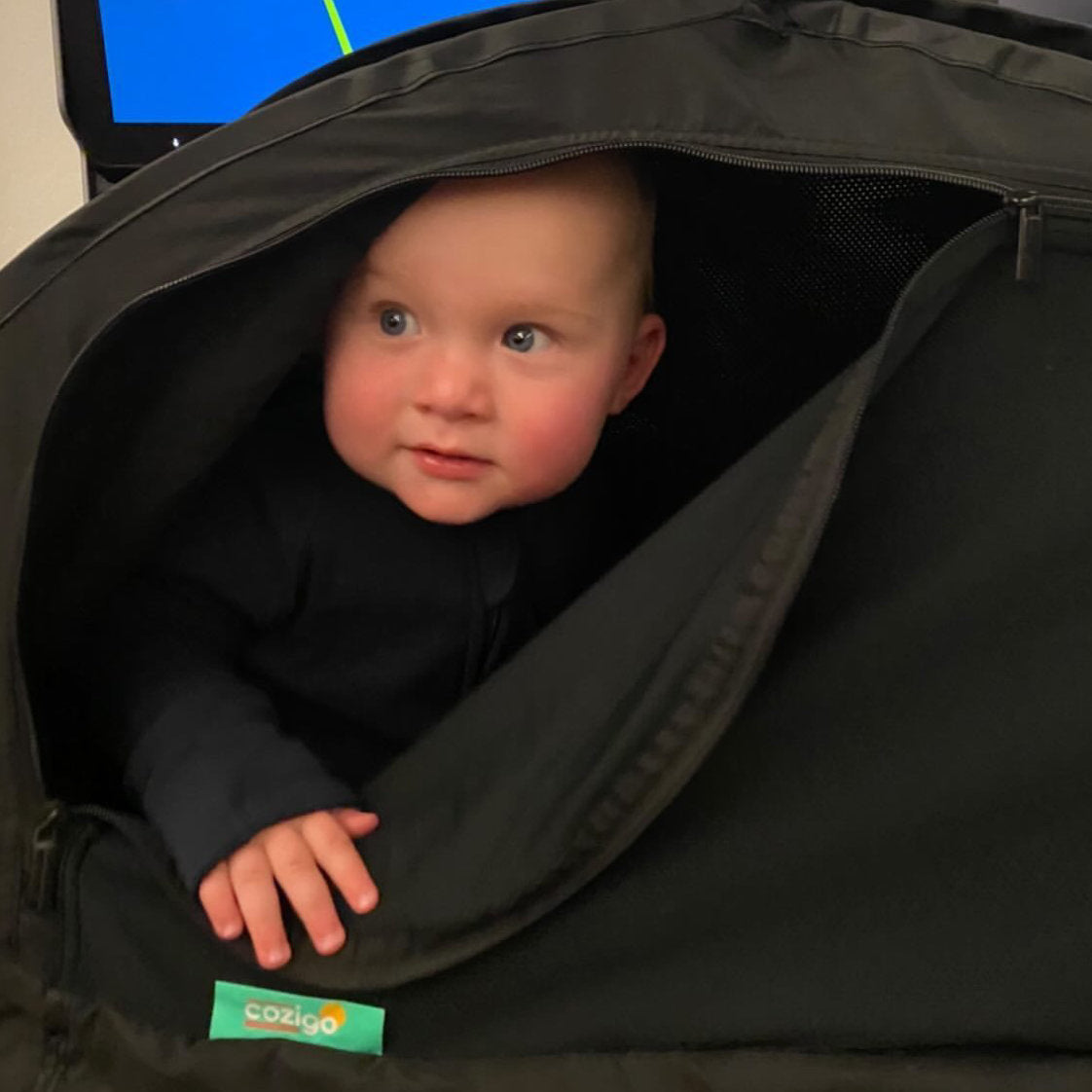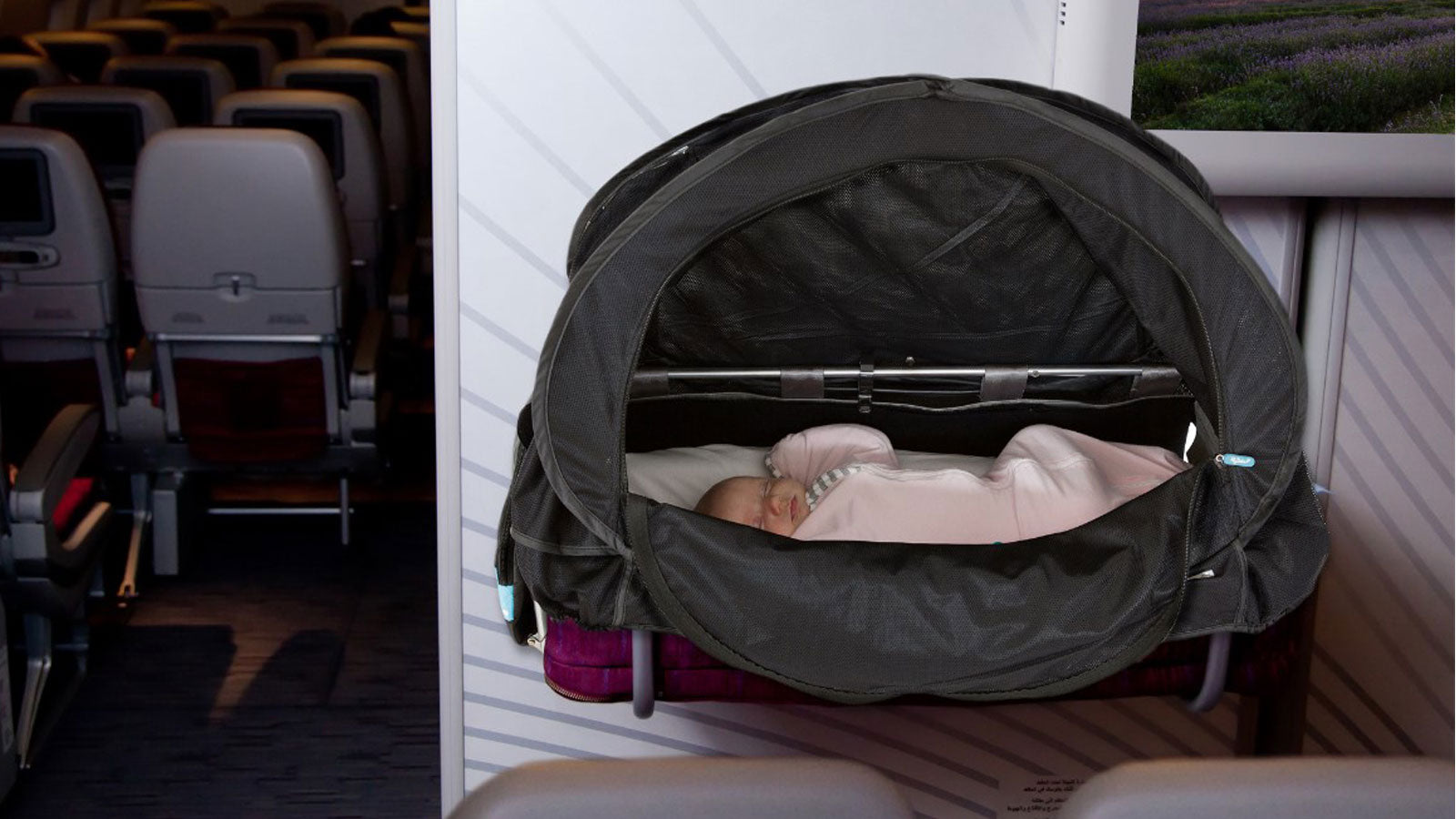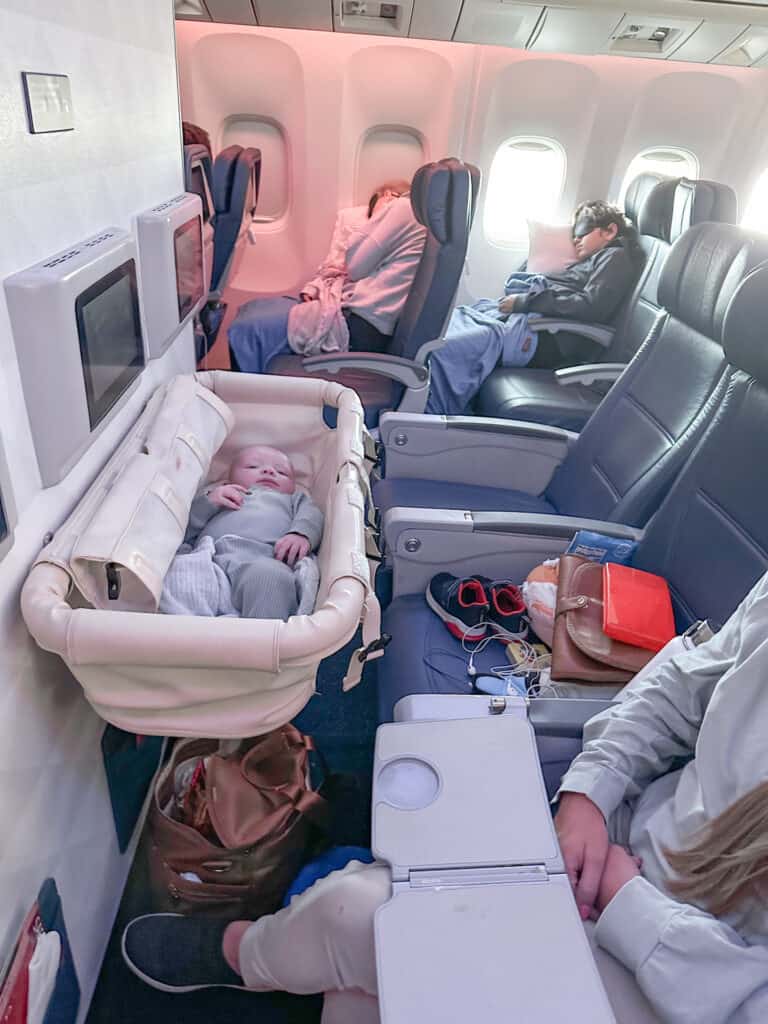Air travel with infants can seem daunting, especially for first-time parents. The prospect of managing a bassinet, carry-on luggage, and a tiny traveler all at once may feel overwhelming. However, with careful planning and a few insider tips, flying with a bassinet can be a smooth and even enjoyable experience. This comprehensive guide aims to equip you with the knowledge and strategies to turn your next flight into a pleasant memory for the whole family.

Booking Your Flight: Securing the Bassinet Spot
One of the first steps in preparing for air travel with an infant is securing a bassinet spot on the plane. Not all airlines or aircraft types offer bassinets, so research your options thoroughly before booking. Typically, bassinets are available on long-haul flights and are designed for infants weighing up to about 25 pounds and under a certain length, usually around 75 centimeters. Book early and request a bassinet reservation during the booking process or immediately after. Airlines allocate these spots on a first-come, first-served basis, often located in bulkhead rows for safety reasons. Keep in mind that some airlines may charge an additional fee for bassinet use.
Understanding Bassinet Policies and Restrictions
Familiarize yourself with your airline’s specific bassinet policies. These can vary greatly and may include restrictions on when the bassinet can be used (usually during cruise mode, not during takeoff, landing, or turbulence), dimensions, and weight limits. Some airlines provide bassinets free of charge, while others may have limited quantities or require advance notice. It’s crucial to know if you need to bring your own bedding or blankets, as most airlines do not provide these for hygiene reasons. Additionally, inquire about the process for checking in the bassinet, as it might need to be done separately at the gate.

Packing Smart for Baby’s Needs
Efficient packing is key when traveling with an infant. Aside from the usual baby essentials like diapers, wipes, formula, and a change of clothes, consider items that will make the flight more comfortable for your little one. Pack a lightweight blanket, a pacifier (if your baby uses one) to help with ear pressure changes during takeoff and landing, and a favorite toy or comfort item. A compact diaper changing kit and a portable changing mat are must-haves for in-flight diaper changes. Don’t forget to bring enough food and milk for the journey, keeping in mind that liquids for infants are usually exempt from liquid restrictions but may require verification at security checkpoints.
Arriving at the airport well in advance is crucial when traveling with an infant and a bassinet. Check-in procedures can take longer, especially if you need to check the bassinet at the gate. Familiarize yourself with your airline’s family-friendly services, such as priority boarding or dedicated family lanes at security, which can significantly reduce stress levels. Utilize strollers or baby carriers to navigate the airport comfortably until boarding, at which point you’ll need to collapse the stroller to be gate-checked. Carrying a small backpack with baby essentials and documents ensures your hands are free for holding your baby or managing the bassinet.

In-Flight Comfort and Entertainment
Once onboard, make use of the pre-flight time to set up your bassinet and familiarize your baby with the space. Bring along a few quiet toys or books to entertain your infant during the flight, and consider downloading age-appropriate videos or music on a tablet for longer journeys. Dress your baby in layers that are easy to adjust for temperature changes, and remember to keep them hydrated by offering regular feeds. Walking up and down the aisle during periods of calm can also help soothe a fussy baby and alleviate any restlessness.
Managing Sleep and Feeding Schedules
Adhering as closely as possible to your baby’s sleep and feeding schedule can help maintain routine and minimize disruptions. If your flight aligns with naptime, encourage sleep by creating a dark, quiet environment with the help of a sleep sack or a swaddle blanket. Feeding during takeoff and landing can help alleviate ear discomfort due to pressure changes. Breastfeeding, bottle-feeding, or offering a pacifier can all be effective strategies. Be prepared for potential disruptions to the schedule and remain flexible; remember, a content baby is more important than strict adherence to routines.

Post-Flight Recovery and Ground Transportation
Upon arrival, give yourself and your baby time to adjust after the flight. Collect your bassinet, stroller, and luggage at the appropriate baggage claim or gate-check area. If you’re transferring to another flight, utilize the airport’s baby care rooms for diaper changes and feeding before continuing your journey. Booking ground transportation in advance that caters to families, ensuring car seats or taxi baby seats are available if needed. Finally, allow for a day or two of downtime post-travel to help your baby readjust and recover from any jet lag.
Settling Back into Your Destination Routine
After the hustle and bustle of travel, it’s essential to gently reintroduce your baby to their normal routine at your destination. This includes reestablishing sleep patterns, which might have been disrupted during the trip. Gradually adjust bedtime according to the new time zone, and maintain consistency in daily activities to help your baby adapt faster. Outdoor time and natural light exposure can be particularly beneficial in regulating their internal clock.
Maintaining Hygiene and Health
Traveling exposes both you and your baby to various environments and people, increasing the risk of germs and illnesses. Upon settling in, prioritize hygiene by thoroughly washing hands and ensuring your baby’s toys and pacifiers are clean. Keep an eye out for any signs of illness and address them promptly. It’s wise to carry a basic first-aid kit and any necessary medications from home to manage minor health issues.
Engaging in Baby-Friendly Activities
To make the most of your stay, research baby-friendly attractions and activities at your destination. Look for parks, museums with child areas, or baby swim classes that cater to young families. Engaging in these activities not only provides entertainment but also helps your baby acclimate to new surroundings and experiences.

Conclusion: Soaring with Confidence
Flying with a bassinet may seem intimidating initially, but with careful preparation and a positive mindset, it can be a seamless and even enjoyable part of your family adventure. Remember, airlines and fellow passengers are generally accommodating to families traveling with infants, so don’t hesitate to ask for assistance when needed. By embracing these tips, you’re setting yourself up for a successful journey filled with happy memories and perhaps even a few new parenting tricks up your sleeve. Safe travels and happy skies!
